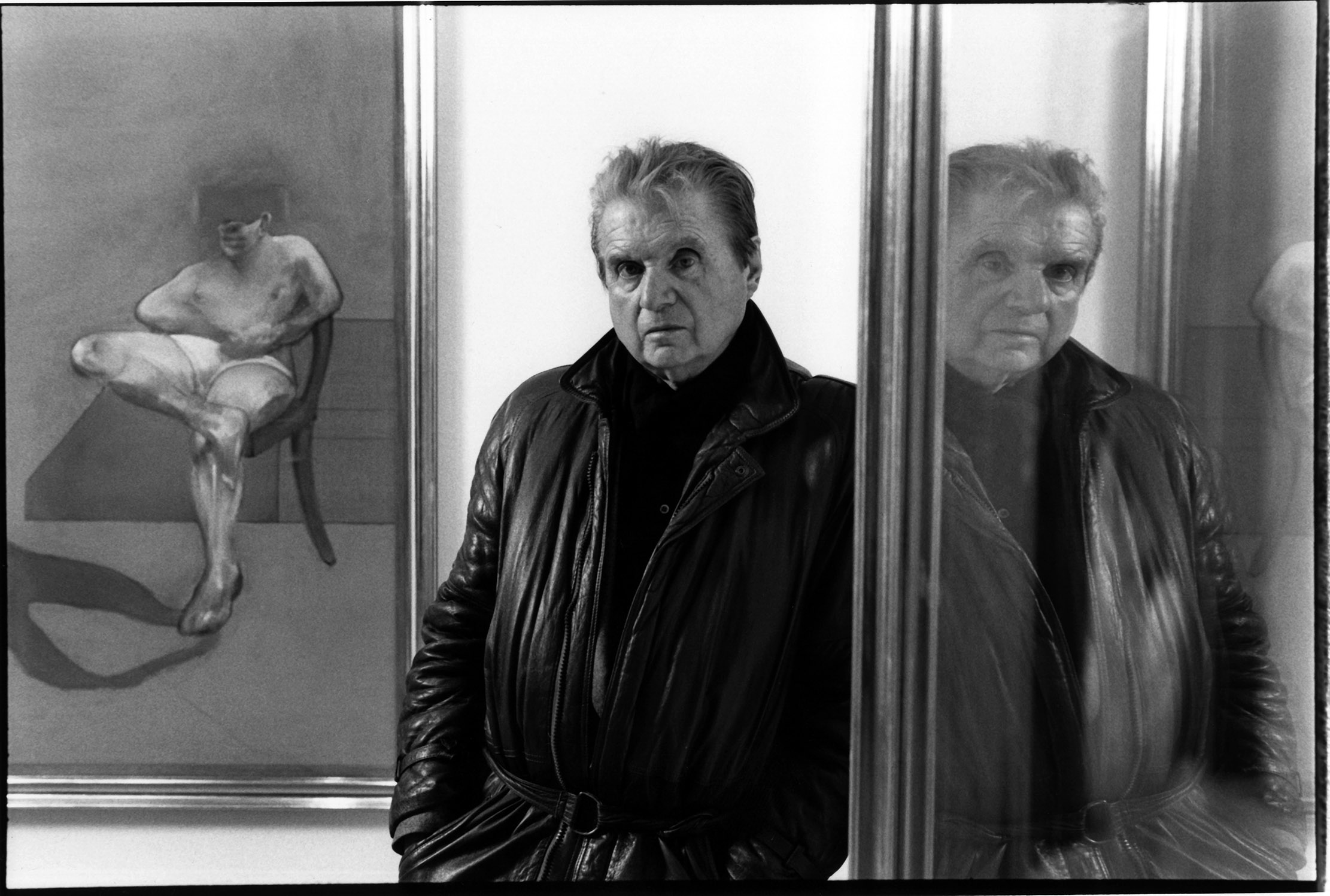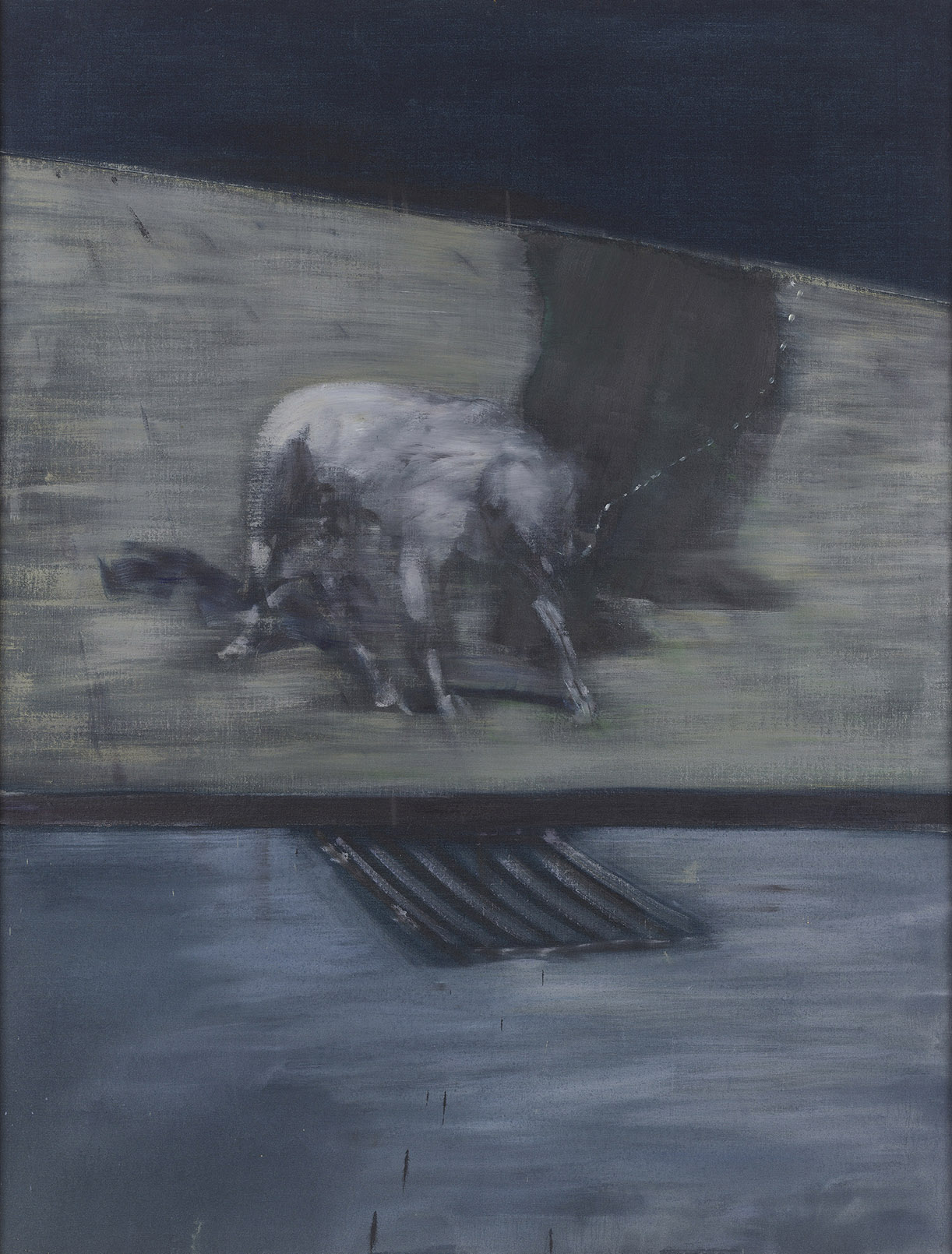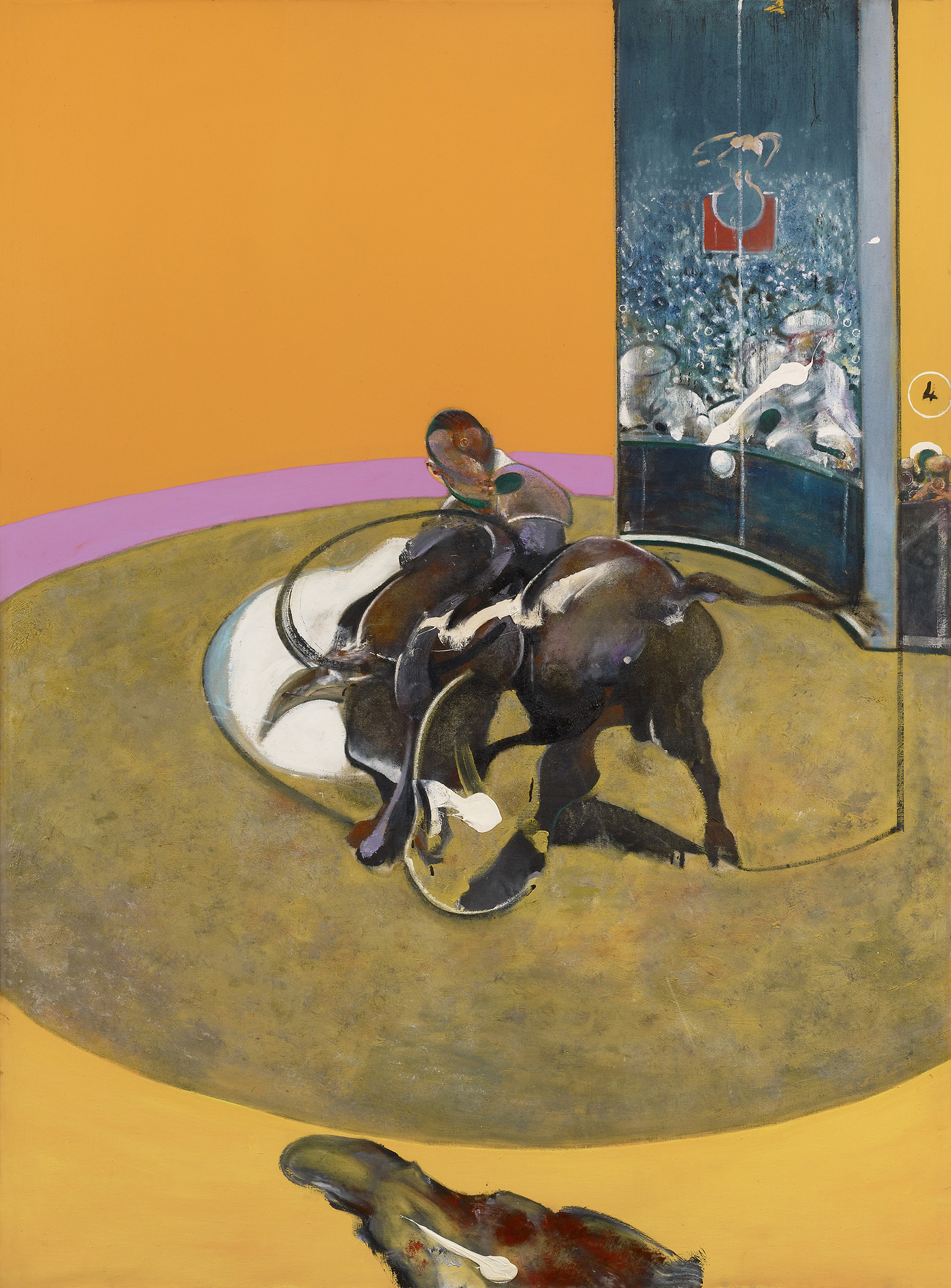In Focus: The animalistic artworks of Francis Bacon
Martin Gayford considers the importance of snarling creatures, human and otherwise, in the art of Francis Bacon.


Although the late Francis Bacon was a brilliant conversationalist, almost as gifted with words as he was with a paintbrush, he was deeply reluctant to expound on one point: what his own pictures were all about. His favourite explanation boiled down to… nothing, that they illustrated no story, symbolised no idea, encoded no deeper significance.
Not surprisingly, platoons of art historians have endeavoured to discover the hidden meaning of Bacons. An importantexhibition at the Royal Academy (RA), ‘Francis Bacon: Man and Beast’, will try a novel line: that the artist’s work was very much concerned with animals. (Its opening is postponed until lockdown measures are lifted — the website at www.royalacademy.org.uk/exhibition/francis-bacon will post the latest updates.)
Although the fact has not often been noted, Bacon was a remarkable animal painter, what the French call an animalier. There are extraordinary pictures by him of chimpanzees, baboons, owls and dogs, the latter reduced to a feral, snarling blur in one masterpiece, Man with Dog (1953), in which the owner at the other end of the lead is reduced to amorphous, sinister shadow. It is hard to say which of the two is more threatening.
The curator of the RA show, Michael Peppiatt, argues that the painter not only superbly conveyed the ferocious otherness of these beasts, but that his work was deeply concerned with the animality of people.
In his catalogue essay, he quotes a conversation he once had with Bacon after they had both witnessed a scene of violence on a Soho street. The thugs they had seen kicking a victim were behaving like animals, Bacon observed, then went on: ‘We are all animals if you care to think about it. It’s just that some people are more aware of the fact than others. I think I’ve been very aware of it ever since I was a child.’

This ties the subject of Bacon and animals to another area about which, although not completely silent, the artist was reticent: his early life. However, there is a brand-new biography of the artist, Francis Bacon: Revelations by Mark Stevens and Annalyn Swan (William Collins, £30), which adds to our knowledge of the earlier decades of childhood and youth. Bacon (1909–92) grew up in the lost world of the Anglo-Irish Ascendency, where habits and attitudes had changed little from Georgian times. In later life, he was prone to dismiss his father, Major A. E. M. Bacon (retired), as a ‘horse trainer’ — and a failed one at that. That, as was a good deal of what Bacon said, was exaggerated for effect, but contained an essential truth: ‘Eddy’ Bacon was an almost man.
He was related, but not quite closely enough, to great wealth and position; he nearly, but not quite, inherited the Earldom of Oxford. His career in the army was inglorious and — having married a wife with some money — Bacon Snr moved to Ireland, where country houses were cheaper, hoping to make a niche for himself in the worlds of racing and hunting. The environment in which Francis grew up, the authors suggest, would have had a powerfully ‘animal’ atmosphere. ‘The horse and dogs, the paddocks and the stables,’ were the major’s domain.
Exquisite houses, the beauty of Nature, and how to get the most from your life, straight to your inbox.
His second son, Francis, was literally allergic to it all, horses, dogs and the rest. Years later, in 1939, he made quite sure he failed his army medical by hiring an Alsatian from Harrods the night before and sleeping with it so that he turned up for examination red-eyed and wheezing. Caroline Blackwood, briefly married to Lucian Freud and Bacon’s friend in the 1950s, recalled his reaction whenever she broached the subject of this ‘unlikely and horsey Irish upbringing’: ‘He started to tug at the collar of his shirt as if he were trying to loosen some kind of noose which he found asphyxiating.’
It seems his father, his asthma, his sexuality and the milieu of racing, hunting and Irish setters were all inextricably linked in Bacon’s psyche with the origins of his art. As far as he was concerned, the irascible, disappointed Major Bacon perhaps exuded what he once confessed to Lucian Freud he found most exciting: ‘an atmosphere of menace’. Certainly, he confessed to having sexual feelings for his father, who — he claimed to Blackwood and others — ordered him to be thrashed by his grooms (although whether or not this latter memory was actually a fantasy is hard to say).
Even horsey odours had a complicated effect on him: ‘I don’t like the smell of horse dung, but I find it sexually alluring, like urine. It’s very real, it is very virile.’
Animals, animality and that sense of menace became hallmarks of his art. Among Bacon’s more unexpected incarnations was that of an intrepid traveller in the African bush. He is, of course, better known for his exploration of the pubs and drinking clubs of Soho, but, surprisingly, he loved Africa. Indeed, after two visits, in 1951 and 1952, he even considered moving there. There were family connections; his mother had moved to South Africa and his two sisters lived in what was then called Southern Rhodesia, now Zimbabwe.
As much as his female relations, however, it was the dry landscape of endless savannah that attracted him. And, more than the terrain itself, he was excited by what lived in it: ‘I felt and memorised,’ the artist remembered, ‘the excitement of seeing animals move through the long grass.’
That is how many of Bacon’s human subjects appear to be: lurking, ready to pounce. Part of the attraction of brutal individuals, such as his acquaintances the Kray brothers, he told Mr Peppiatt, lay in the openness with which they revealed their instincts, ‘for violence, for power, for excitement, for whatever it is’.
Bacon went on: ‘Animals themselves are fascinating because they are of course much less inhibited in their behaviour, and if you watch them you can see exactly what they’re like.’ Essentially, he believed, all of us — even those whose instincts are more ‘veiled’ — are the same. In the words of his fellow painter Freud, we are ‘animals dressed up’. The job of the artist, Bacon often mused, was like a hunter, to ‘trap’ something wild and fleeting, ‘this transient thing’.
In an interview from 1958, Bacon expanded on this thought: ‘All artists are lovers, they’re lovers of life, they want to see how they can set the trap so that life will come over more vividly and more violently.’

His father may have been a noted pursuer of foxes in Edwardian Ireland, but his younger son turned out to be a formidable hunter of bigger game: masterpieces that would stun the viewer and immortalise their maker.
One of many paradoxes of Bacon’s life and career was that he, the weakling — effeminate, asthmatic, homosexual, artistic — turned out by far the most vigorous and one of the longest-lived of the litter. His two healthier brothers died young, whereas Francis, although he did not emerge fully from his chrysalis until he was in his mid thirties, became an artist and personality of charismatic force.
Quite recently, his very last painting was rediscovered: Study of a Bull (1991). It is a monochrome painting picture related to another subject that obsessed him, as it did Picasso and Goya: the bull fight. This animal — powerful, dangerous, virile and doomed — was perhaps a metaphorical self-portrait.
Dates for the exhibition ‘Francis Bacon: Man and Beast’ at the Royal Academy, Burlington House, London W1, will be announced when lockdown restrictions lift. Booking will be essential — www.royalacademy.org.uk
Bacon’s life and times
- 1909 Born in Dublin
- 1924 Sent to school at Dean Close, Cheltenham
- 1926 Banished from home
- 1927 Inspired by a Picasso exhibition in Paris
- 1929 Becomes an interior designer in London
- 1933 Paints breakthrough work, Crucifixion
- 1936 Rejected by International Surrealist Exhibition for not being surreal enough
- 1939–43 Serves in Red Cross and Air Raid Precautions
- 1944 Three Studies for Figures at the Base of a Crucifixion causes a public sensation
- 1953 First one-man show, in New York
- 1954 Represents Britain at Venice Biennale
- 1957 First Paris show
- 1958 Signs contract with Marlborough Fine Arts
- 1961 After nomadic spells in Monaco, Tangier and St Ives, among other places, settles at 7, Reece Mews, South Kensington, London SW7, for the rest of his life and produces first large-scale triptych, Three Studies for a Crucifixion
- 1962–88 Multiple international retrospective exhibitions, including two at Tate, as well as in New York, Paris, Madrid, Tokyo and Moscow
- 1992 After a period of declining health, dies in a clinic in Madrid, leaving estate to long-time companion John Edwards
- 2013 Three Studies of Lucian Freud (2013) becomes the world’s most expensive painting, sold for £89 million in New York
Country Life is unlike any other magazine: the only glossy weekly on the newsstand and the only magazine that has been guest-edited by His Majesty The King not once, but twice. It is a celebration of modern rural life and all its diverse joys and pleasures — that was first published in Queen Victoria's Diamond Jubilee year. Our eclectic mixture of witty and informative content — from the most up-to-date property news and commentary and a coveted glimpse inside some of the UK's best houses and gardens, to gardening, the arts and interior design, written by experts in their field — still cannot be found in print or online, anywhere else.
